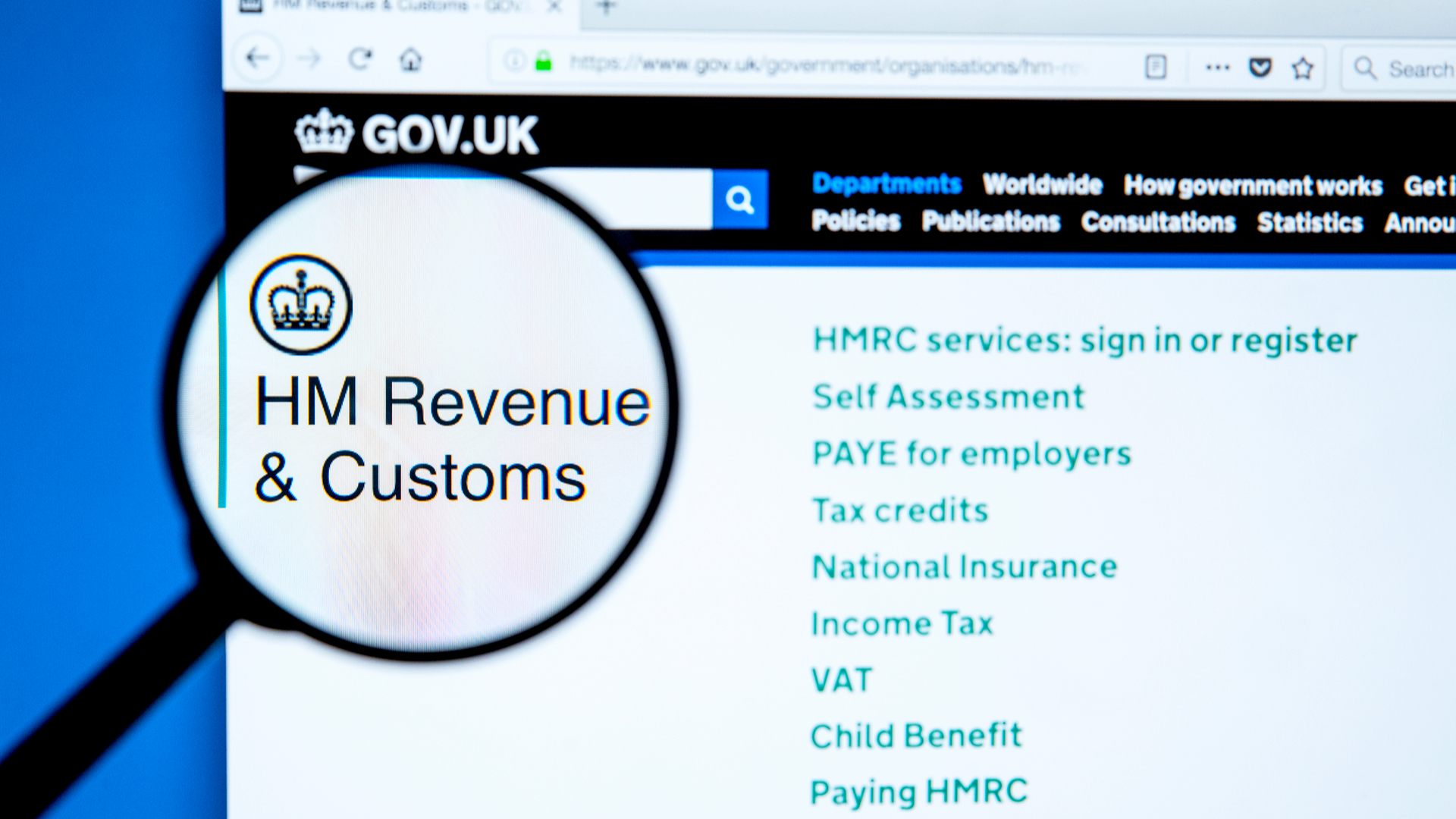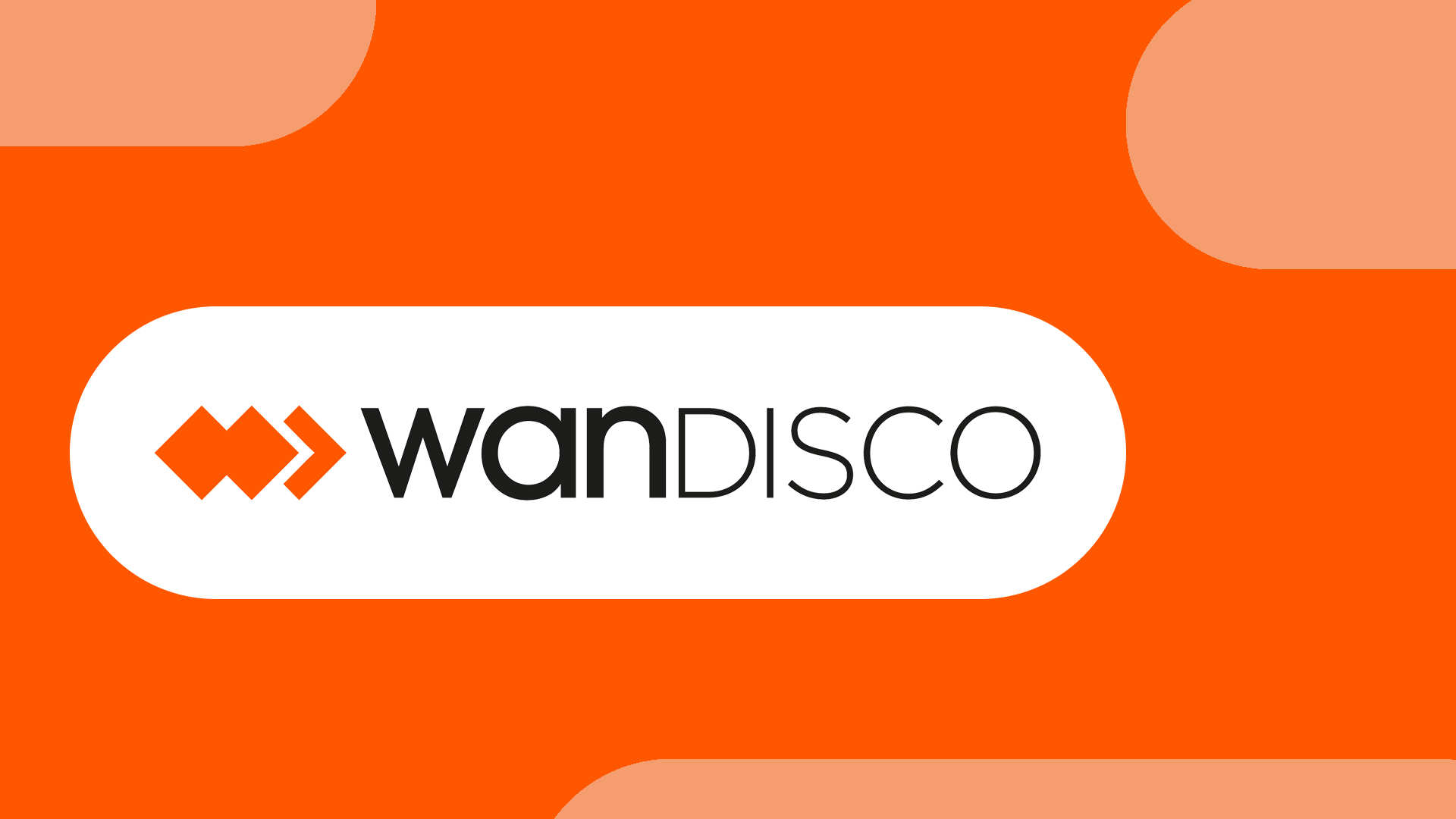How to get ready for Making Tax Digital
What services are available and how do they interface with HMRC?


In the first part of this three-part series, we defined what Making Tax Digital (MTD) is and whom it will affect. As the April deadline for VAT registered businesses is fast approaching, it's important to understand how you will need to change your business's approach to its financial record keeping, and how hosted accounts systems have evolved to meet the challenges of MTD.
The key test your business faces ahead of MTD is making sure your accounting system allows your tax return to be submitted to HMRC digitally. HMRC is currently not providing its own software applications or any plugins to the most popular digital accounting applications or services. It's up to you to locate and set-up a digital accounting system that works for your business and supports the needs of MTD.
What HMRC is providing is an application programming interface (API) that can be used to connect accounting applications to HMRC's systems. The API takes your accounts from whichever system you have chosen and connects your tax return to the HMRC servers. HMRC has been testing its API with a range of software vendors in order to make the transition as smooth as possible - a list of tested vendors is available here.
Also, you will need an account on the Government Gateway. The Gateway is your online tax account with HMRC. You need to set-up your account with a password in much the same way you already use online banking.
Minimising disruption
For most small businesses, moving to a hosted accounting application that is MTD compliant should be smooth if you are methodical in your approach. Speaking to your accountant is a vital first step to gain their insights and advice about which service is a good fit for your business.
Unfortunately, businesses that manage their accounts and tax affairs with a manual system will the most affected by the change.
"Businesses tend not to like change as there's a fear of new processes resulting in downtime," says James Foster, group commercial manager at Nixon Williams. "The 2020 deadline for MTD has most certainly prompted many contractors to look more closely into the transition, which can be a challenge, particularly for those business owners who have had the same paper-based accounts approach for 10, 20 or 30 plus years."
Get the ITPro daily newsletter
Sign up today and you will receive a free copy of our Future Focus 2025 report - the leading guidance on AI, cybersecurity and other IT challenges as per 700+ senior executives
How far your business embraces technology to meet the requirement of MTD will be determined by your current use of accounting applications or hosted services, and how complicated your accounts and tax affairs are.
However, even a cursory glance at the list of software vendors and developers that HMRC has tested can be overwhelming. Which service do you choose for your business? Are they all the same? Also, could bridging applications be an easier way to comply with MTD?
Businesses face a challenge early on
Androulla Soteri, tax director at MHA MacIntyre Hudson, tells IT Pro that it's within this early stage of decision making that businesses can expect most of the disruption to occur.
"Cloud-based software is generally relatively simple to use. It is designed to be user-friendly," she explains. "A little bit like the self-assessment tax return was designed to be capable of completion by the taxpayer without requiring the engagement of services of a tax professional -- the same applies here.
"The issue initially will be the fear of the unknown: 'I don't understand it; therefore, it will be impossible for me to deal with', is the general view many business owners take. Not true. With a little education, businesses can become quite competent, very quickly, on their quarterly filings under MTD."
All of the accounting application developers are, of course, working hard to ensure their systems fully support MTD for their customers. What could be an issue is all the various software versions that are in use. Many small businesses may have installed applications that are several versions out-of-date. An immediate upgrade is likely to be needed to ensure their applications are compatible with MTD.
"Generally speaking, many firms implement new technologies that have the potential to improve their businesses, if implemented correctly," advises Professor Ilan Oshri, Graduate School of Management, University of Auckland. "However, the vast majority of these firms struggle to keep up with the rapid introduction of technological innovations.
"While most new technologies deliver opportunities to reduce costs and reconstruct the firm's value proposition, it takes time to implement new technologies properly."
The clear advice from accounting professionals is to test the systems that are a good fit for your particular business. All of the leading cloud-based accounting services allow you to test their services for free.
Use this opportunity to assess which services are suitable for your precise needs. Also, talk to your accountant or bookkeeper. If you don't want to take over the creation and submission of your tax returns, the systems these professionals use need to be considered to ensure you can integrate your accounting systems into a seamless and efficient process.
MTD checklist
Approaching the digitisation of your accounts and tax filing needs a clearly developed plan of action. Use this checklist to refine the steps your business needs to take today.
Register for an account on the Government Gateway
Whichever route your business takes to digitise its financial records, you will need a tax account on the Gateway, as your accounting system and the tax returns you generate connect to HMRC via this service.
Assess your current technologies
Look closely at how your business currently manages its accounts and tax returns. If you are still using paper accounts, you will see the most disruption as you move to digital systems. If you use spreadsheets, there may be bridging software that could allow you to continue using this method. However, test these applications carefully to ensure they are accurate and stable before committing to them.
Use the knowledge of your accountant or bookkeeper
Accounting professionals will also be digitising their businesses. This inside knowledge of how the HMRC API will function, and which hosted accounting services are the most stable, is valuable insight your company can use to minimise disruption and costs as you move to your new digital accounting system.
Test your choice of accounting applications
Whichever accounting services you choose, check they appear on the approved list HMRC update regularly. Only these applications will be able to efficiently use the HMRC API when it's time to initially submit VAT returns, and later when quarterly reporting becomes mandatory for all businesses. Use the free trial options with real-world accounting data to see how each system on your shortlist performs.
Move your accounts to your new system
Once your testing is complete. You have consulted your accounting professionals and chosen the accounting application you would like to use, start to update the application regularly. All of the cloud-based applications are designed for ease of use. If you can use online banking applications, you shouldn't have any problems with today's hosted accounts services. To minimise mistakes, if you're in any doubt ask for help. It's vital that the information you input into your accounting application is accurate.
In the final part of this series, we will be taking a close look at how the accounting service provider market has changed, and what steps they have been taking to make the transition to MTD as seamless and painless as possible for your business.
David Howell is a freelance writer, journalist, broadcaster and content creator helping enterprises communicate.
Focussing on business and technology, he has a particular interest in how enterprises are using technology to connect with their customers using AI, VR and mobile innovation.
His work over the past 30 years has appeared in the national press and a diverse range of business and technology publications. You can follow David on LinkedIn.
-
 Google Cloud is leaning on all its strengths to support enterprise AI
Google Cloud is leaning on all its strengths to support enterprise AIAnalysis Google Cloud made a big statement at its annual conference last week, staking its claim as the go-to provider for enterprise AI adoption.
By Rory Bathgate Published
-
 Bigger salaries, more burnout: Is the CISO role in crisis?
Bigger salaries, more burnout: Is the CISO role in crisis?In-depth CISOs are more stressed than ever before – but why is this and what can be done?
By Kate O'Flaherty Published
-
 How to empower employees to accelerate emissions reduction
How to empower employees to accelerate emissions reductionin depth With ICT accounting for as much as 3% of global carbon emissions, the same as aviation, the industry needs to increase emissions reduction
By Fleur Doidge Published
-
 Worldwide IT spending to grow 4.3% in 2023, with no significant AI impact
Worldwide IT spending to grow 4.3% in 2023, with no significant AI impactNews Spending patterns have changed as companies take an inward focus
By Rory Bathgate Published
-
 Report: Female tech workers disproportionately affected by industry layoffs
Report: Female tech workers disproportionately affected by industry layoffsNews Layoffs continue to strike companies throughout the tech industry, with data showing females in both the UK and US are bearing the brunt of them more so than males
By Ross Kelly Published
-
 How can small businesses cope with inflation?
How can small businesses cope with inflation?Tutorial With high inflation increasing the cost of doing business, how can small businesses weather the storm?
By Sandra Vogel Published
-
 How to deal with inflation while undergoing digital transformation
How to deal with inflation while undergoing digital transformationIn-depth How can organizations stave off inflation while attempting to grow by digitally transforming their businesses?
By Sandra Vogel Published
-
 How businesses can use technology to fight inflation
How businesses can use technology to fight inflationTUTORIAL While technology can’t provide all the answers to fight rising inflation, it can help ease the pain on businesses in the long term
By Sandra Vogel Published
-
 Embattled WANdisco to cut 30% of workforce amid fraud scandal
Embattled WANdisco to cut 30% of workforce amid fraud scandalNews The layoffs follow the shock resignation of the company’s CEO and CFO in early April
By Ross Kelly Published
-
 Some Tech Nation programs could continue after Founders Forum acquisition
Some Tech Nation programs could continue after Founders Forum acquisitionNews The acquisition brings to a close a months-long saga over what the future holds for Tech Nation initiatives
By Ross Kelly Published